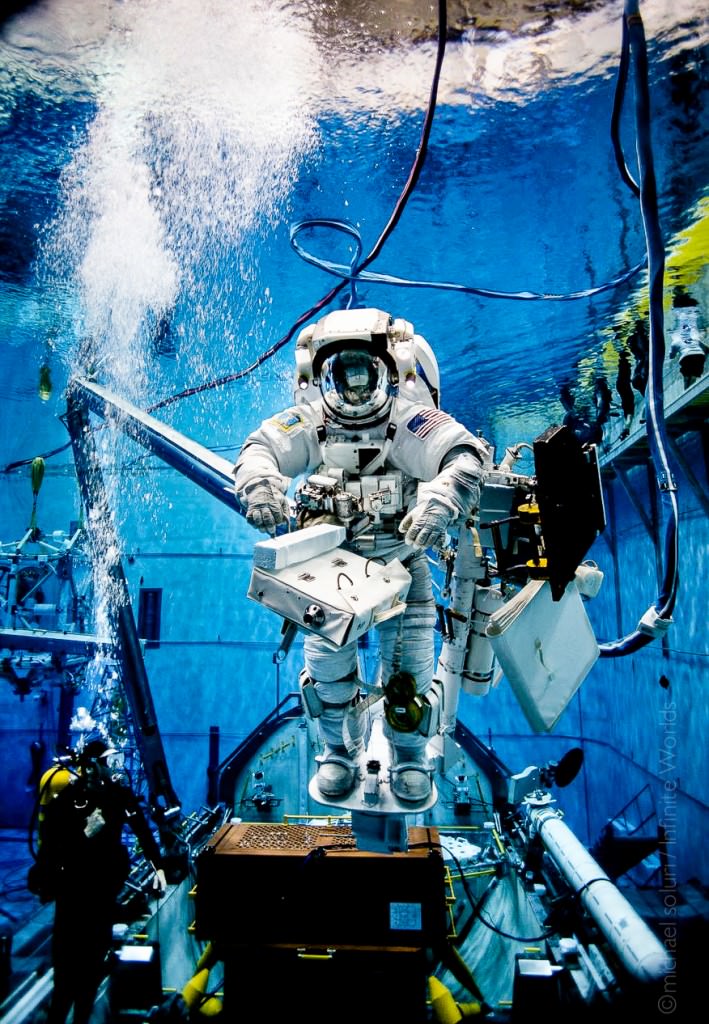Considerable effort goes into the design of space suits and space agencies across the world are always working on improvements to enhance safety and mobility of the designs. NASA is now working with Collins Aerospace to develop their next generation spacesuit for the International Space Station. The new designs are tested extensively and recently, the new design was subjected to a ZeroG flight on board a diving aircraft.
Collins Aerospace are an American technology company based in Charlotte in North Carolina. They were selected to develop the new suit as a replacement to the existing garments used by NASA. The official name of the suits are extravehicular mobility units and they have been worn for over two decades.
Once a prototype for the new suit was developed the project entered its test phase with one of the key elements, the microgravity or ZeroG test. To simulate ZeroG aircraft are taken on a parabolic flight. The pilot takes the plane to an altitude of around 24,000 feet and then pulls up increasing the climb angle to 45 degrees. Reaching an altitude of about 32,000 feet the plane is then put into a dive where the plane and its occupants experience ZeroG. For those inside, they will float around for between 20 and 30 seconds.
During this time of simulated weightlessness, engineers, scientists and students on board can conduct experiments in a space-like environment without having to venture into space. It was during a flight like this that the prototype was tested to ensure it met all system and safety requirements.
Following on from the ZeroG flight test, Collins will continue on to the next test by subjecting it to a vacuum within a specialised chamber to simulate the vacuum of outer space. Additional tests will see the suit submerged into NASAs Neutral Buoyancy Laboratory which is a 13m deep pool in Houston. Within this facility further microgravity like conditions will be experienced and it is here that astronauts train for spacewalks before heading out into space.

Once its ready for service, the suit will further enhance NASA’s extravehicular (activities outside spacecraft) capability while in low Earth orbit. Astronauts will use it to support International Space Station maintenance tasks to ensure its continued operations and development.
Source : Collins Aerospace Tests NASA Space Station Suit in Weightlessness